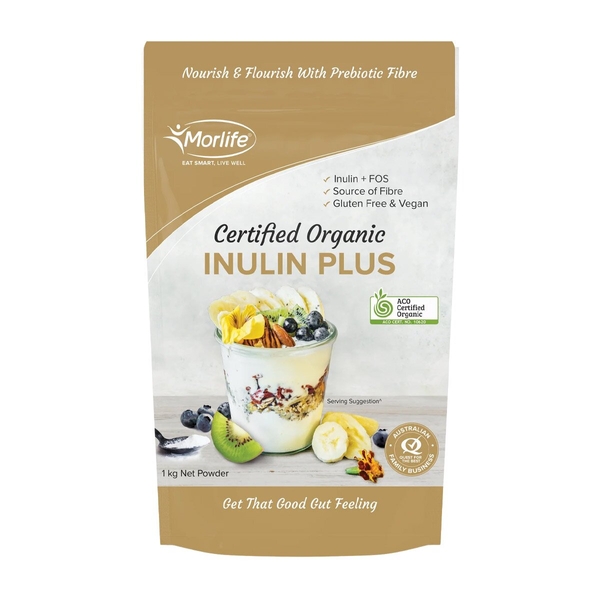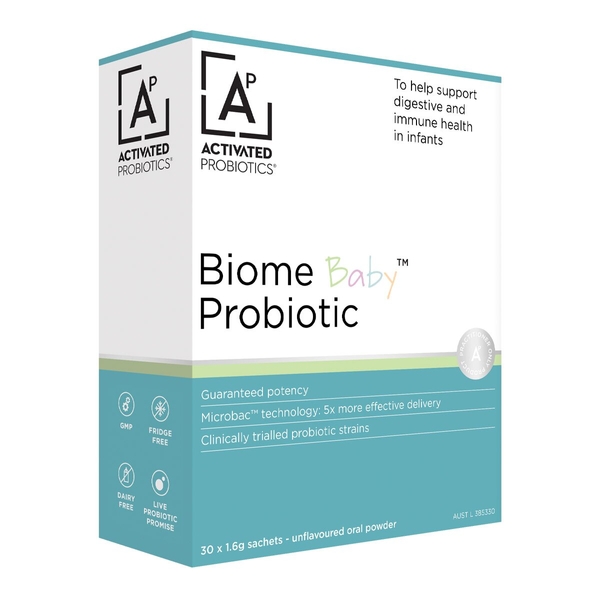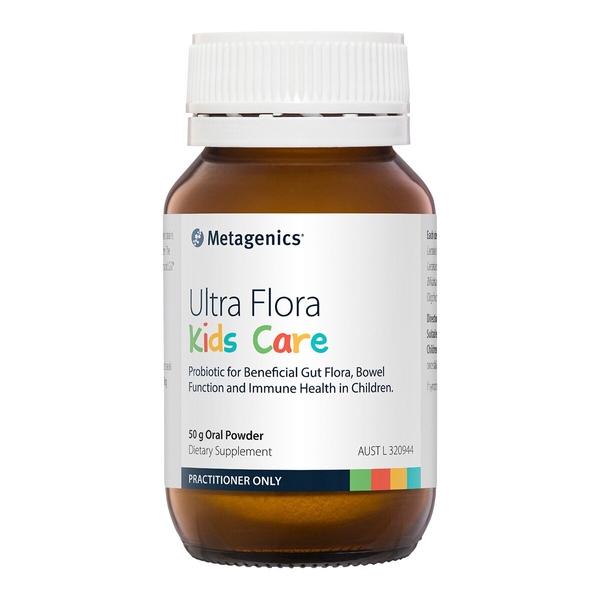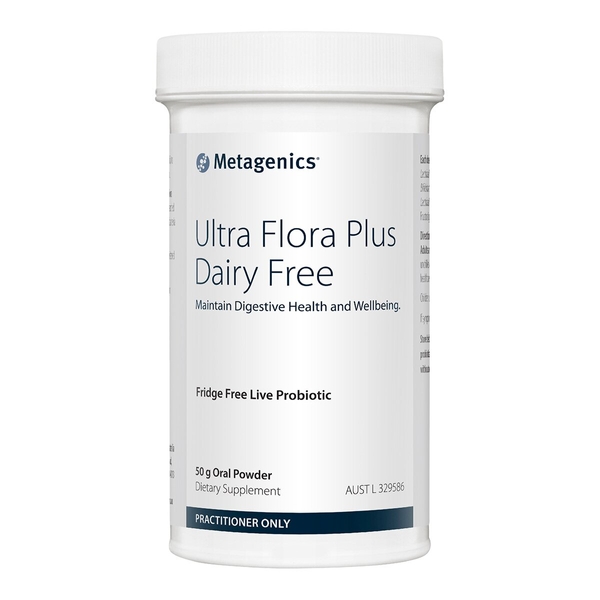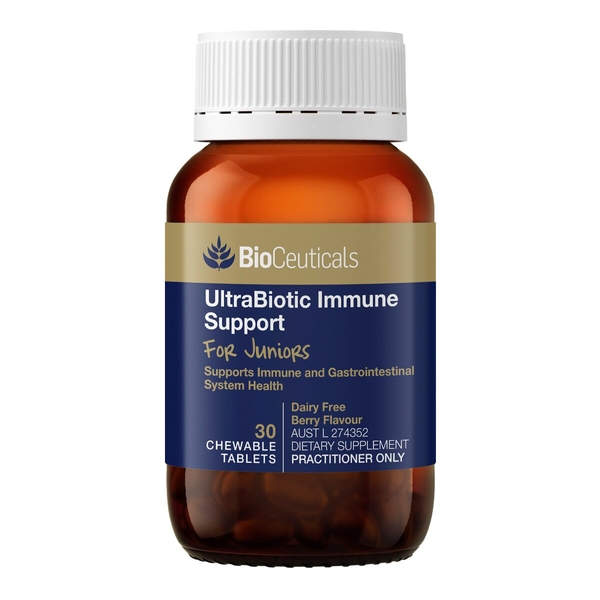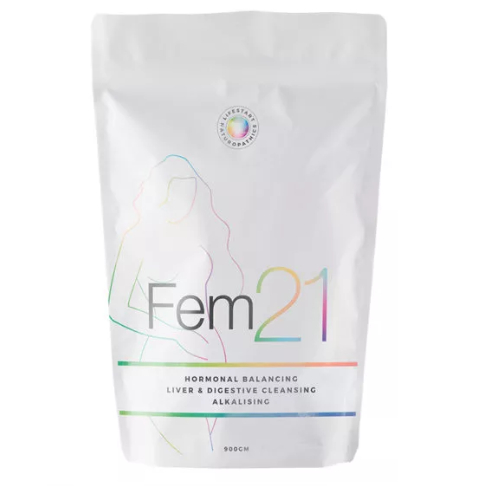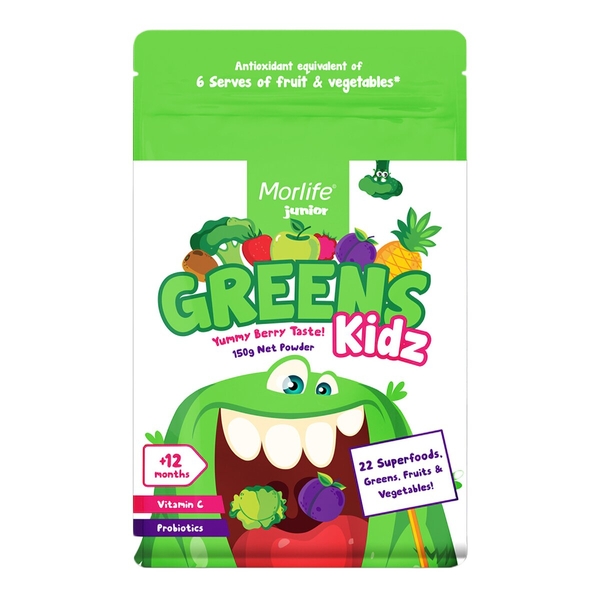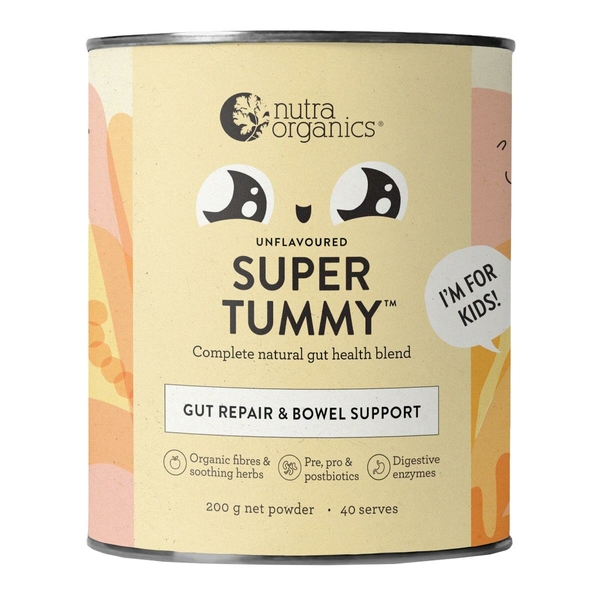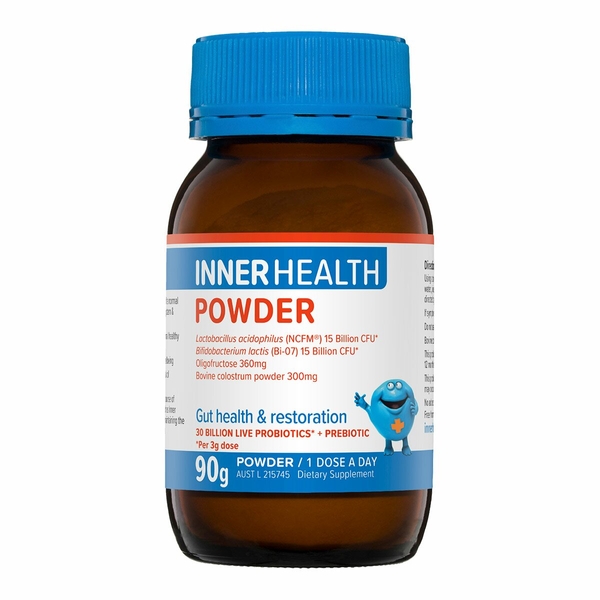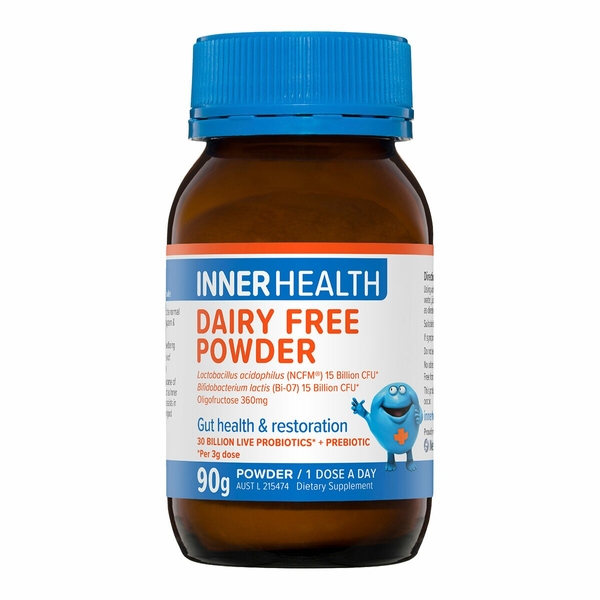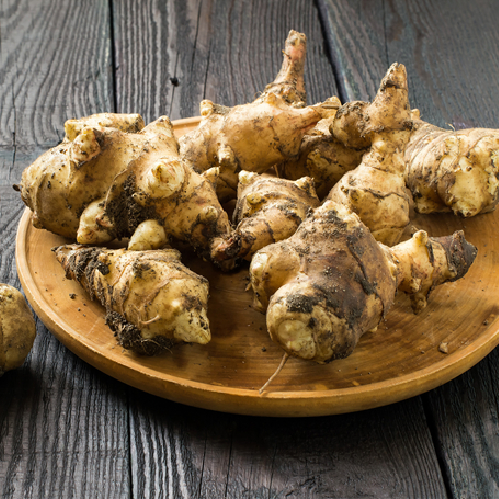
Fructo-oligosaccharides (fos)
Alternate names: Chicory Inulin Hydrolysate, Complexe d'Oligosaccharide, FOS, Fructo Oligo Saccharides, Fructo-Oligosacáridos, Fructooligosaccharides, Fructo-Oligosaccharides à Courte Chaîne, Inulin Hydrolysate, Oligofructan, Oligofructose, Oligosaccharide Complex, Oligosaccharides, Prebiotic, Prébiotique, SC-FOS, Short Chain Fructo-Oligosaccharides
Background
Fructo-oligosaccharides (FOS) are plant sugars that occur in many fruits and vegetables. They can also be made in a lab and are used as prebiotics.
FOS do not get digested until they reach the colon. In the colon, they are digested by good bacteria. This helps the good bacteria to grow, which is why they are used as prebiotics. Prebiotics act as food for probiotics (good bacteria).
People use FOS for constipation, obesity, diabetes, travelers' diarrhea, high cholesterol, and many other conditions, but there is no good scientific evidence to support these uses.
Don't confuse prebiotics with probiotics. These are not the same.
FOS do not get digested until they reach the colon. In the colon, they are digested by good bacteria. This helps the good bacteria to grow, which is why they are used as prebiotics. Prebiotics act as food for probiotics (good bacteria).
People use FOS for constipation, obesity, diabetes, travelers' diarrhea, high cholesterol, and many other conditions, but there is no good scientific evidence to support these uses.
Don't confuse prebiotics with probiotics. These are not the same.
Safety Safety definitions
When taken by mouth: FOS are possibly safe in doses less than 30 grams daily for up to 4 weeks. They can cause gas, bloating, and stomach pain. These effects are usually mild if the dose is less than 10 grams daily.
Children: FOS are possibly safe when added to infant formula or cow's milk and given to healthy infants. The doses used in research are 4 grams of FOS per liter of formula, or up to 1 gram of FOS per kilogram of infant body weight.
Special Precautions & Warnings:
Pregnancy and breast-feeding: There isn't enough reliable information to know if FOS are safe to use when pregnant or breast-feeding. Stay on the safe side and avoid use.Children: FOS are possibly safe when added to infant formula or cow's milk and given to healthy infants. The doses used in research are 4 grams of FOS per liter of formula, or up to 1 gram of FOS per kilogram of infant body weight.
Effectiveness
Effective Effectiveness definitions
There is interest in using FOS for a number of purposes, but there isn't enough reliable information to say whether it might be helpful.
Dosing & administration
FOS has most often been used by adults in doses of 10 grams by mouth daily for up to 4 weeks. Speak with a healthcare provider to find out what dose might be best for a specific condition.
Interactions with pharmaceuticals
It is not known if Fructo-Oligosaccharides (FOS) interacts with any medicines. Before taking Fructo-Oligosaccharides (FOS), talk with your healthcare professional if you take any medications.
Interactions with herbs & supplements
Iron: FOS might increase how much iron the body absorbs from supplements.
Interactions with foods
There are no known interactions with foods.
Products
View all productsRRP: $79.95$67.96Save: 15%
Create account
Practitioner product
Practitioner product
Practitioner product
Practitioner product
Practitioner product
Per 10 g:
- Fructooligosaccharides
- Wheatgrass powder
- Brassica oleracea var. italica (Broccoli)
- Hordeum vulgare (leaf) powder
- Plantago ovata (husk) (Psyllium)
- Citrus limon (Lemon)
- Fucus vesiculosus
- Zingiber officinale
- Actaea racemosa
- Rosmarinus officinalis
- Silybum marianum
- Glycyrrhiza glabra
- Vitex agnus-castus (fruit)
- Eleutherococcus senticosus
- Taraxacum officinale
- Stevia rebaubiana
- Lactobacillus acidophilus
- Cinnamon zeylanicum (bark)
- Punica granatum
- Rubus idaeus
- Lactobacillus reuteri
- Bacillus coagulans (MTCC 5260)
- Green banana
- Centella asiatica
RRP: $171.80$137.43Save: 20%
Create account
Per 7 g:
- Fructooligosaccharides
- Brassica oleracea var. acephala (leaf) powder (Kale)
- Chlorella pyrenoidosa powder
- Arthrospira platensis (Spirulina)
- Lactobacillus acidophilus
- Bifidobacterium bifidum
- Bifidobacterium lactis
- Inulin (Dietary fibre)
- Acacia sp. (gum)
- Fagopyrum esculentum (leaf)
- Fragaria ananassa (Strawberry)
- Ananas comosus (Pineapple)
- Malus (Apple)
- Citrullus lanatus (Watermelon)
- Siraitia grosvenorii (Monk fruit)
- Spinacia oleracea (Spinach)
- Daucus carota powder (Carrot)
- Lycium barbarum (fruit)
- Brassica oleracea var. italica (sprout) powder
- Curcuma longa (rhizome)
- Malpighia glabra (fruit) powder
- Medicago sativa
- Punica granatum
- Rubus idaeus
- Bifidobacterium longum
- Pyrus communis (Pear)
- Lentinula edodes
- Urtica dioica
- Mentha x piperita
- Laminaria digitara (Kelp)
- Green banana starch
- Oryza sativa (Rice fibre)
- Xanthan gum
- Saccharomyces cerevisiae (Brewer’s yeast)
- Rhodophyta (Red seaweed)
- Berry flavour
RRP: $29.95$25.46Save: 15%
Create account
Per 5 g (Unflavoured):
- Fructooligosaccharides
- Green banana starch
- Inulin (Dietary fibre)
- Cyamopsis tetragonoloba (Partially hydrolysed guar gum (PHGG))
- Apple pectin
- Arctic sea algae
- Protease
- Amylase enzyme
- Lipase
- Cellulase
- Lactase
- Hippophae rhamnoides
- Curcumin (Turmeric)
- Zingiber officinale
- Melissa officinalis
- Glycyrrhiza glabra (root)
- Bacillus coagulans (GBI-30)
- Psidium guajava (leaf)
- Vitis vinifera
- Thaumatin
RRP: $44.95$38.20Save: 15%
Create account
RRP: $59.95$44.97Save: 25%
No longer stocked by vital.ly
Create account
RRP: $59.95$44.97Save: 25%
No longer stocked by vital.ly
Create account
vital.ly has licensed monographs from TRC Healthcare.
This monograph was last reviewed on 14/02/2025 11:00:00 and last updated on 05/05/2022 08:05:28. Monographs are reviewed and/or updated multiple times per month and at least once per year.
Natural Medicines disclaims any responsibility related to medical consequences of using any medical product. Effort is made to ensure that the information contained in this monograph is accurate at the time it was published. Consumers and medical professionals who consult this monograph are cautioned that any medical or product related decision is the sole responsibility of the consumer and/or the health care professional. A legal License Agreement sets limitations on downloading, storing, or printing content from this Database. No reproduction of this monograph or any content from this Database is permitted without written permission from the publisher. It is unlawful to download, store, or distribute content from this site.

